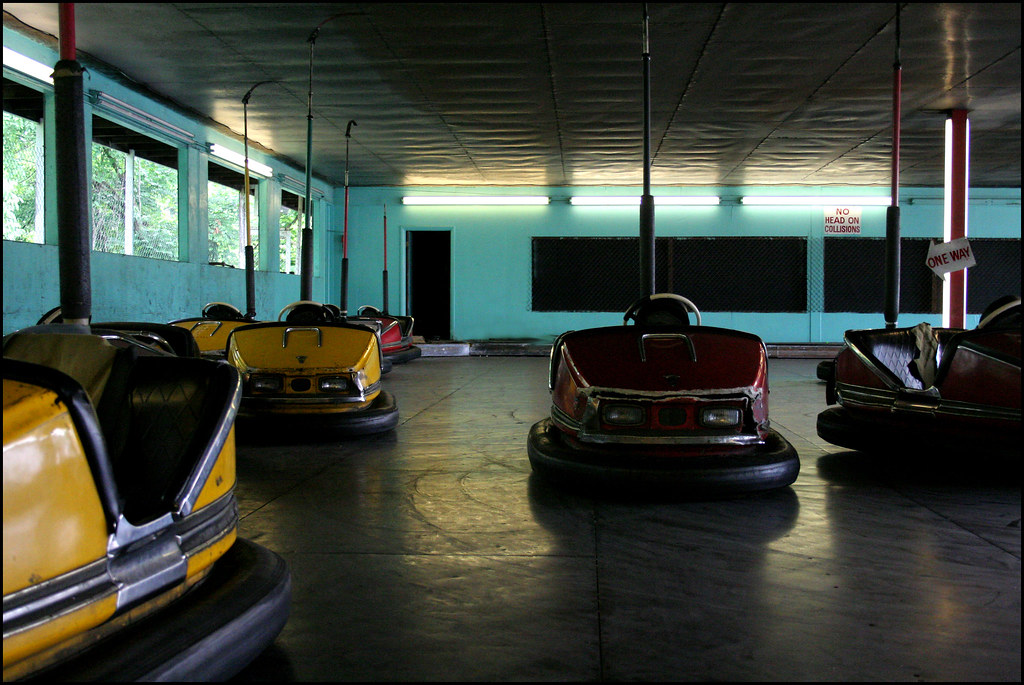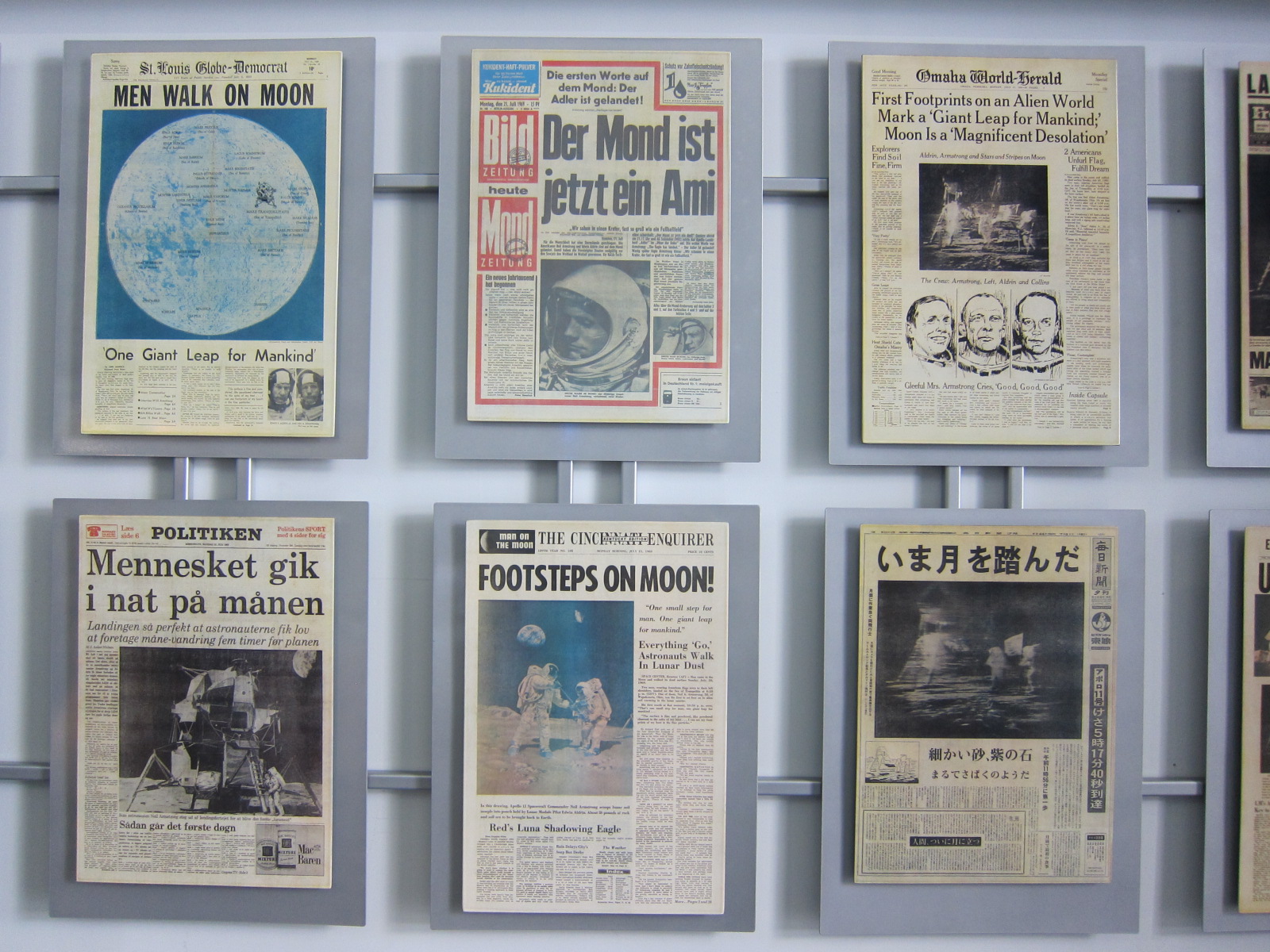Nelson Mandela passed away this week. He's one of the few that could truly be called a legend, despite the criticism he received for most of his life. He's done so much for the world for his revolutionary role in taking on a country system built on hate, being imprisoned for 27 years of his life, and coming back to lead that same country. He's stood as a champion for education, and the The Nelson Mandela African Institute of Science and Technology (NM-AIST) supports his vision of cultivating leaders to keep Africa on a consistent path of improvement.
According to a 2009 presentation by NM-AIST alumni Burton LM Mwamila, World Bank Group President Jim Wolfensohn met with several African leaders in 2001 and 2002. It was there where Mandela suggested that one of Africa's greatest needs are science institutes in the vein of the Indian Institutes of Science and Technology (IITs), MIT, CalTech, etc. NM-AIST schools were thus created in Western, Eastern, Central, and Southern Africa.
The official vision and mission are listed below:
The Vision of NM-AIST is to become a world-class institution of higher learning dedicated to the pursuit and promotion of excellence in science and engineering, and their applications for economic growth and sustainable development in Africa.
The Mission of NM-AIST is to deliver and promote high quality and internationally competitive teaching and learning, research and innovation, and public service in science, engineering and technology for enhanced value addition to people and natural resources, emphasizing entrepreneurship with a view to stimulating, catalyzing and promoting economic growth and sustainable development in Africa.
I love the focus of the vision and mission - it's not just to churn out great scientists, but to apply their knowledge in South Africa, a country that has been exploited over and over again by external powers. HIS country. Mandela was committed to improving his country and making it self-sustaining by developing its own crop of talented scientists. It's refreshing to see that instilled in the documented vision of an educational organization.
Make sure to check out the Nelson Mandela Foundation for great info on the man. RIP.






